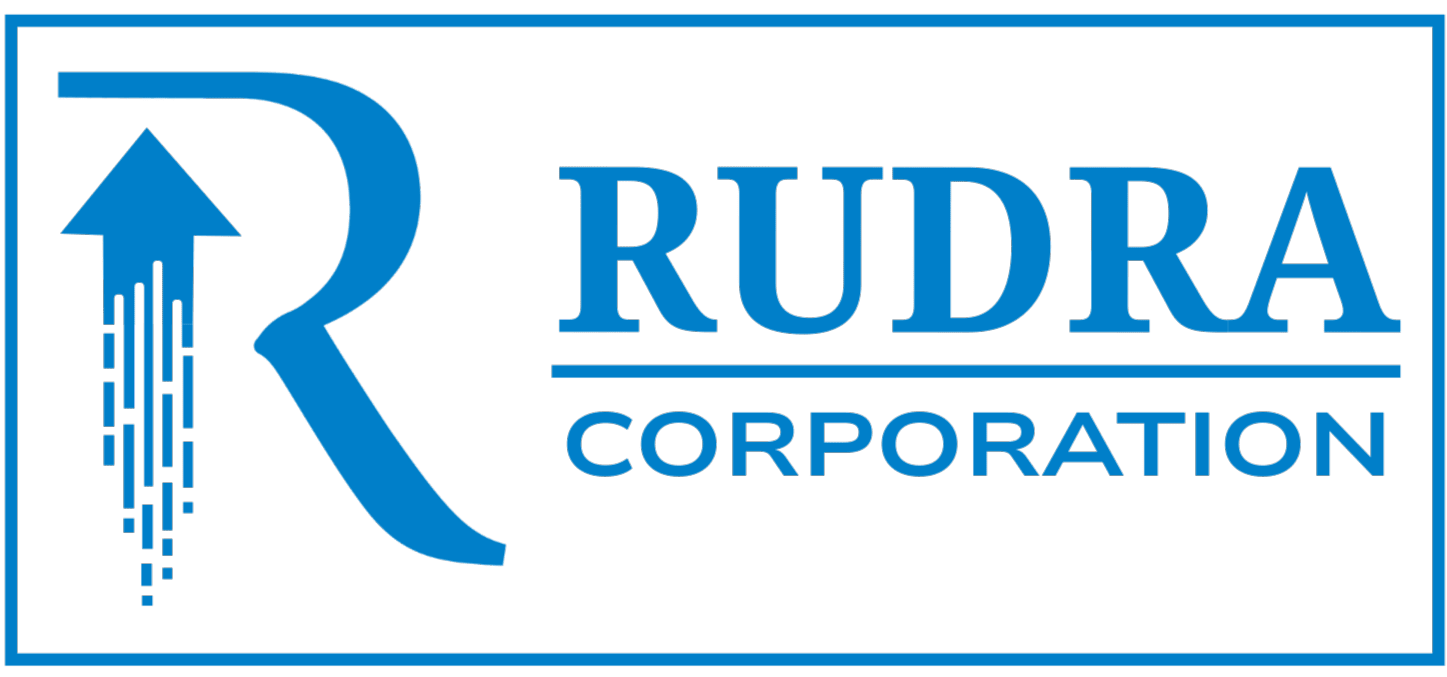Brass Ingots & Billets
Brass Ingots & Billets
At Rudra Corporation, we specialize in manufacturing and exporting premium-grade brass ingots and billets, adhering to various international standards and alloy compositions. Every batch is tested, certified, and quality-verified to ensure optimal performance across industries.
What Is a Brass Billet?
A brass billet is a semi-finished product made from either direct casting or by reheating and processing brass ingots. It is shaped with precision and used to manufacture rods, tubes, and high-tolerance components.
Key Details:
- Comes in round, square, or hex shapes
- Used for extrusion, forging, machining
- Surfaces are often cleaned or scalped
- Provides dimensional consistency for further forming
What Is a Brass Ingot?
A brass ingot is a raw cast block of a copper-zinc alloy. It’s the first solidified form after metal is melted and alloyed in a furnace.
Key Details:
- Cast into simple molds
- Used for remelting, recasting, or refining
- Contains standard or custom alloy compositions
- Often used in foundries and metal refining
Composition of Brass
- Copper (Cu): Typically 55–95%
- Zinc (Zn): 5–40%
- Other elements (optional): Lead, Tin, Iron, Aluminum, Manganese (in small amounts to improve machinability, corrosion resistance, etc.)
The exact composition depends on the type of brass being produced and the intended application.
Manufacturing Process of Brass Ingots & Billet
- Melting
- Raw materials (copper, zinc, and additives) are melted in a furnace.
- Melting temperature ranges from about 900°C to 1050°C depending on alloy.
- Controlled atmosphere or flux may be used to reduce oxidation.
- Refining
- Impurities are removed during melting.
- Degassing may be done to remove dissolved gases.
- Alloying elements are added precisely.
- Casting
- Molten brass is poured into molds to solidify.
- Molds can be made of cast iron or steel.
- Casting methods:
- Sand casting: For smaller, rough ingots.
- Permanent mold casting: For better surface finish and dimensional accuracy.
- Continuous casting: For large-scale production of uniform ingots.
- Cooling
- The brass cools and solidifies.
- Controlled cooling can influence grain structure and mechanical properties.
- Extraction & Cleaning
- Ingots are removed from molds.
- Surface scale, dross, and any surface defects are cleaned or machined off.
Typical Shapes and Sizes of Brass Ingots
- Rectangular blocks (most common)
- Sometimes cylindrical or slab shapes
- Sizes vary depending on downstream processing requirements (e.g., rolling, forging)
Properties of Brass Ingots & Billet
1. Specific Brass Alloy Grades & Standards
Brass is classified into various grades based on its composition, formability, and machinability. Below are common international grades with their UNS (Unified Numbering System) and corresponding standards.
Common Brass Alloy Grades:
Standards Referenced:
- ASTM B16, B124, B121
- EN 12164 / 12167 / 1982
- IS 319, IS 6912 (Indian Standards)
2. Mechanical Properties of Brass Ingots & Billet (Typical)
Note: These are typical values and can vary based on processing (as-cast, annealed, cold-worked).
Common Industries Using Brass Ingots & Billet
Summary
Choose Rudra Corporation for reliable quality, precision, and timely delivery of Brass Ingots & Billets. Your trusted partner for all brass solutions!



